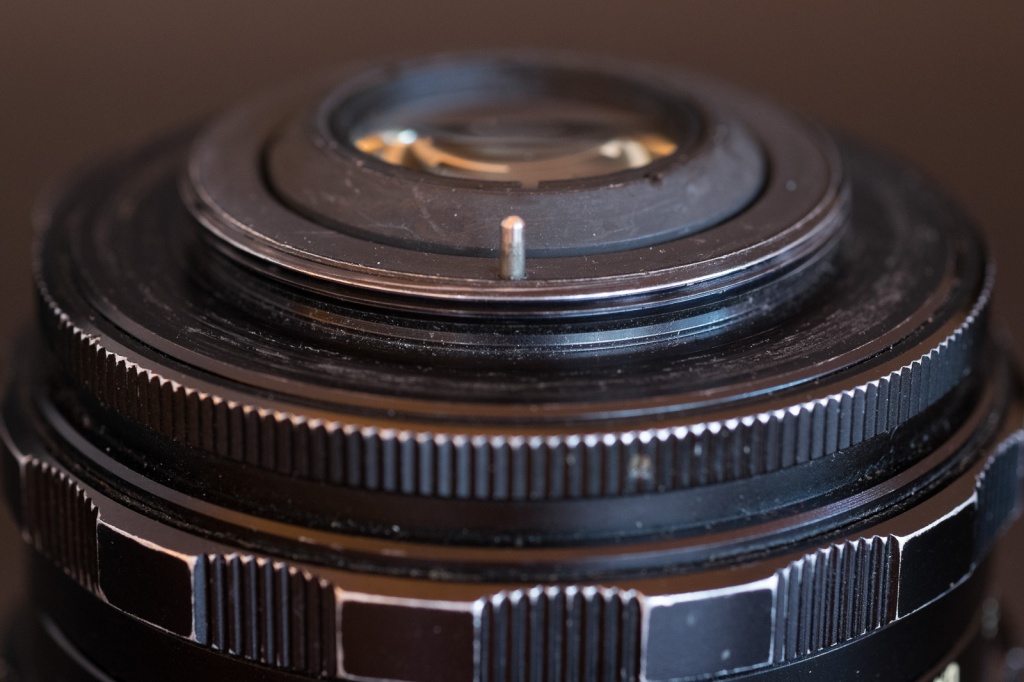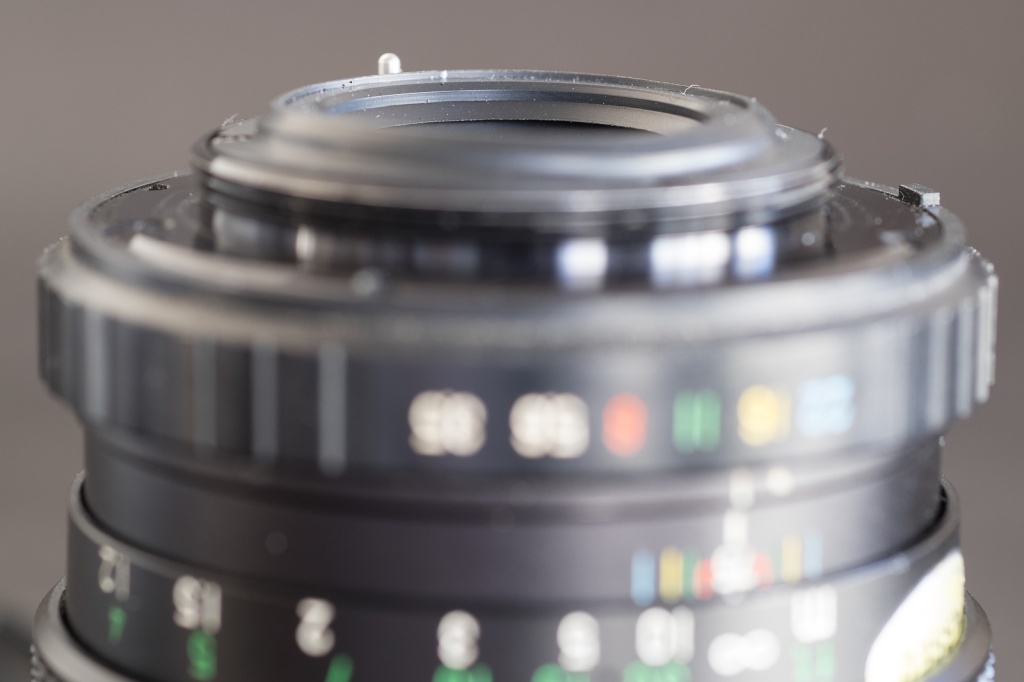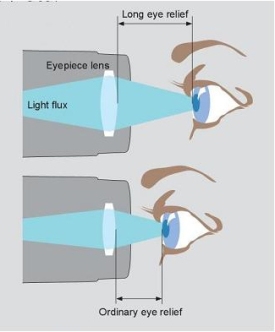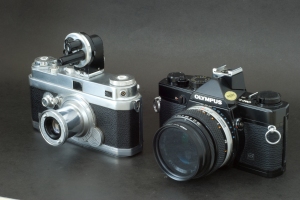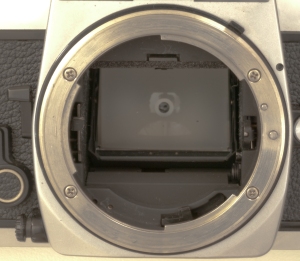Ultimate: “last in a progression or series : final” (Source: Merriam-Webster)
Film cameras stopped selling in any significant quantity in the first years of this century – and the production of film cameras had almost completely ceased by 2008. But almost until the end, Canon, Minolta and Nikon kept on launching new models.
Most of those cameras were forgettable entry level models (their main justification was to occupy a lower price point than digital cameras), but a few high end models were nonetheless introduced.
The Canon EOS 3 (launched in 1998), the Minolta Maxxum 9 and the Nikon F100 (1999), the EOS-1v and the Maxxum 7 (2000), and last but not least the Nikon F6 (2004), were all at the pinnacle of film camera technology, and there will probably never be any new film camera as elaborate as they were.

They did not sell in large numbers. But they kept their value remarkably well, much better than the autofocus SLRs of the previous generation, and than the first mass market digital SLRs that replaced them in the bags of photographers.
Today, if you exclude the limited editions models that Minolta and Nikon had sometimes added to their product lines, it seems that for each of the big three Japanese camera manufacturers, the most expensive film camera on the second hand market is always their most recent high-end autofocus model.
Let’s look first at models launched at the very end of the film era, between the end of 1998 and 2004:
(source: eBay “sold” listings, body only, for a used camera in working order – I did not include “new old stock”, “Limited Editions”, “as-is”, “please read” and “for parts” listings.)
Canon
- EOS1-V $350 to $800 launched: March 2000
- EOS-3 $150 to $700 launched: November 1998
Minolta (excluding “Limited Series”)
- Maxxum 9 $200 to $470 launched 1999
- Maxxum 7 $150 to $230 launched 2000
Nikon
- F100: $200 to $400 launched 1999
- F6 (second hand): $600 to $1,300 launched 2004

And let’s compare them with cameras of the generation that came just before
- EOS 1n $100 to $300 launched November 1994
- EOS Elan II $40 to $100 launched September 1995
- Minolta 800si $45 to $60 launched 1997
- Nikon F5 $150 to $300 launched 1996
- N90S/F90x $40 to $150 launched 1994

The “ultimate” models sell for 3 to 5 times more than models that used to occupy the same place in the brand’s line-up, one generation before. Clearly for autofocus cameras, the most recent is also the most sought after, and the most expensive. A few reasons:
- They have the highest usage value
- Better performance – cameras of the ultimate generation are better machines – they focus faster and more accurately, the exposure is on the spot in more situations, under natural light and with a flash
- Better compatibility with the current line of products of the brand (for example the Maxxum 7 accepts current Sony A lenses with ultrasonic motorization (Sony SSM lenses), and the Nikon F100 can work with lenses deprived of an aperture ring (Nikon AF-S lenses). Older models can’t.
- There is an expectation that the cameras will be more reliable (they’re more recent, probably have been through fewer cycles, and their electronics components are most certainly better designed than they were in cameras of the previous decade).
- Highest potential in collection
- For bragging rights: “the most advanced film camera – ever”
- For nostalgia: “the last film camera made by … Minolta”
- Rarity: cameras launched in 1999 or in 2000 had a very narrow window of opportunity on the market – Nikon D1 launched mid 1999, the Fujifilm S1 Pro and the Canon D30 in the first months of year 2000 – and from there on the writing was on the wall. When the Maxxum 7 or the EOS-1V were launched in 2000, most enthusiast and pro photographers were already saving money for a future (and inevitable) Maxxum 7d or Canon EOS-1d. The last high end film cameras must not have sold in huge quantities.
How are the “ultimate” film cameras doing compared to the first digital models?
The ultimate film cameras are more expensive than corresponding digital cameras sold in the first years of the 21 century – remember, those were dSLRs with 6 MPixel APS-C sensors at best, with mediocre low light capabilities and a narrow dynamic range. They have a relatively limited usage value today (a smartphone does much better in many situations).

Are buyers of manual focus cameras also looking for the “ultimate”?
No. Not really.
Canon
- T90 $60 to $250 launched 1986
- A-1 $60 to $250 launched 1978
- EF $90 to $140 launched 1973

Nikon
- FA $50 to $350 launched 1983
- FE2 $70 to $400 launched 1983
- F3 $120 to $1,000 launched in 1980
- Nikon EL2 $60 to $275 launched 1977

To my taste (and for many lovers of film cameras), manual focus film SLRs reached their peak sometime between 1977 and 1983 – before the massive introduction of electronics, motors and poly-carbonate led to the monstrosities such as the Canon T50. What contributes to the value of manual focus SLRs today?
- Usage value
- Models produced around the turn of the eighties still have a real usage value.
- Buyers of manual focus cameras tend to value simplicity and direct control of exposure parameters over complexity and automatism – semi auto exposure cameras often sell for more than auto-exposure cameras.
- They also value the beauty of machines built out of brass and steel, using cogs and springs rather than integrated circuits and solenoids.
- The reliability of the electronics integrated in the final manual focus cameras is a concern – the electronic components did not always age well, and engineers made bad decisions (like soldering capacitors or batteries on printed circuits or using magnets instead of springs to control the shutter or the aperture).
- Therefore, the very last manual focus cameras are often not as well regarded as the generation just before. In spite of being massively superior technically and much more pleasant to use, the T90 is not valued more than its predecessor the A-1 because of concerns over its excessive complexity and questionable reliability. Similarly, Nikon’s FA does not extract any premium over the simpler FM2 and FE2, because its embryo of matrix metering is perplexing. And I won’t mention the Canon T50 or the Pentax a3000, which can not stand the comparison with the AE-1 or the ME Super, if only for esthetical reasons.

- Potential in collection
- Manual focus cameras from the big camera brands were often produced by the millions (Canon AE-1, for instance). Other models sold in smaller numbers but over a very long production run (Olympus OM-4t, Nikon F3, for example). The usual law of supply and demand applies, but generally speaking, rarity is not a significant factor in the value of most of those cameras.
- Only special edition models in pristine condition can be expected to be worth more than a few hundreds dollars – for the foreseeable future.


























